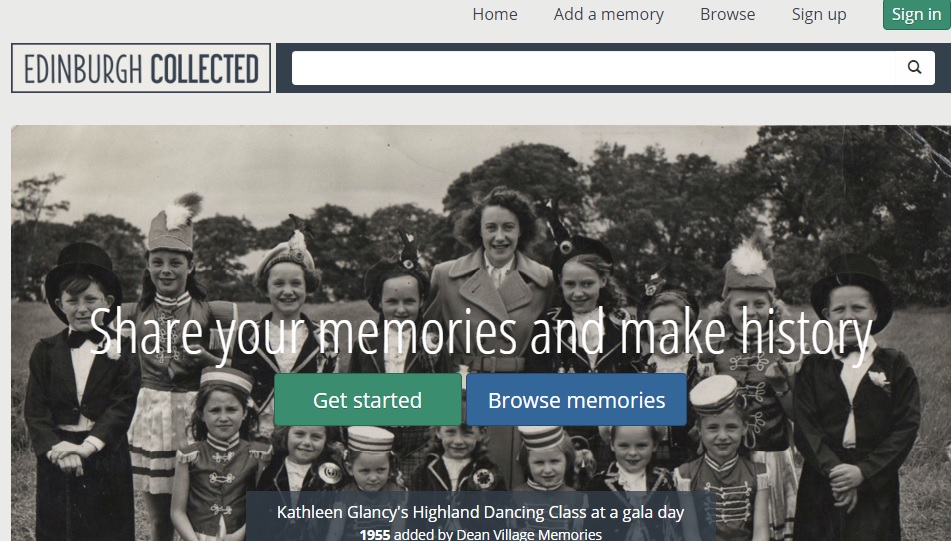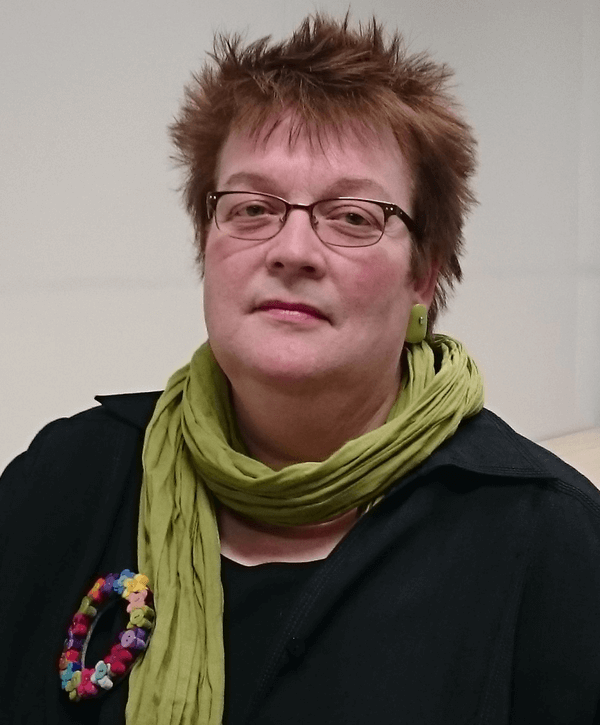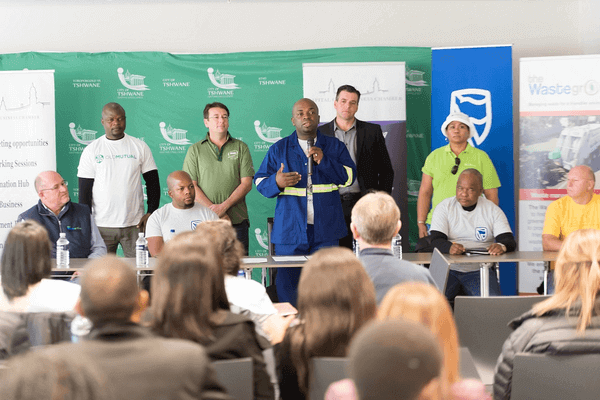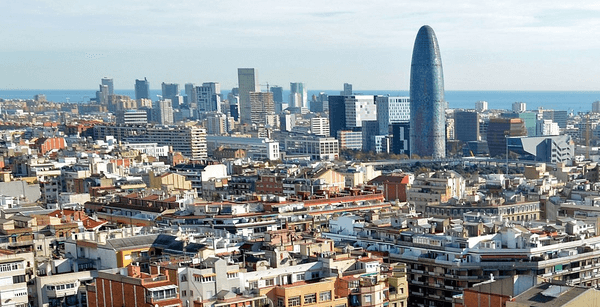Status
completed
100%
City
Edinburgh
Main actors
City Government, NGO / Philanthropy
Project area
Whole City/Administrative Region
Duration
2014 - 2015
An innovative solution to the management and expansion of heritage digital collections.
Edinburgh Collected is the result of a programme run by Nesta UK with four Scottish local authorities - the Open Data Scotland programme. The programme created the opportunity for intensive new learning in local authorities and the production of a range of tools and new products/services.
Edinburgh Collected provides an innovative solution to the problem heritage organisations are currently facing - how to gather their 'future history' from local people's digital collections. Edinburgh Collected is crowd-sourcing citizens memories through images and text, adding to the award shortlisted existing digital products delivered and managed by Edinburgh Libraries.
All the data is open data as soon as it is created - image and text memories can be re-used by any individual or organisation through the Creative Commons Licence.
Categories
External links / documents
On Map
The Map will be displayed after accepting cookie policy





